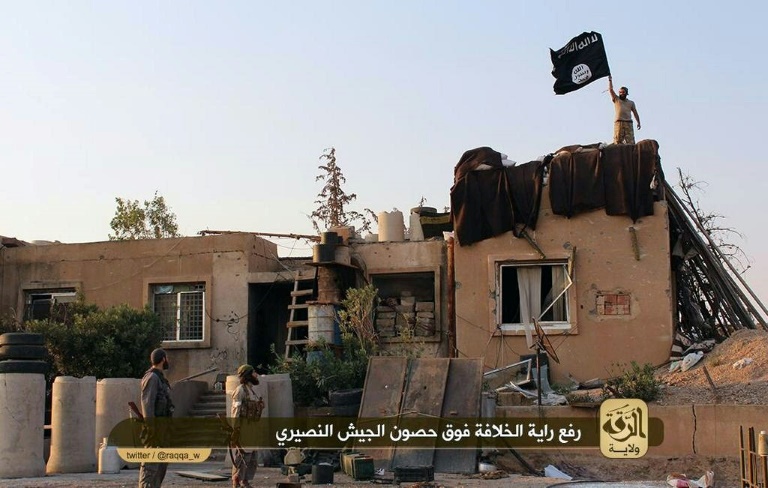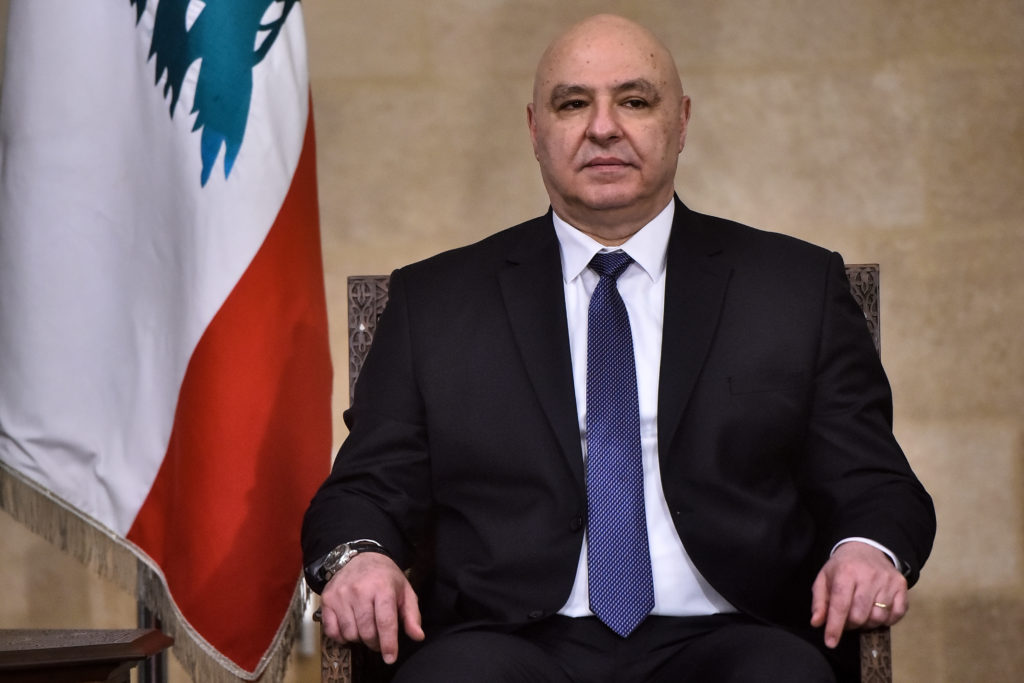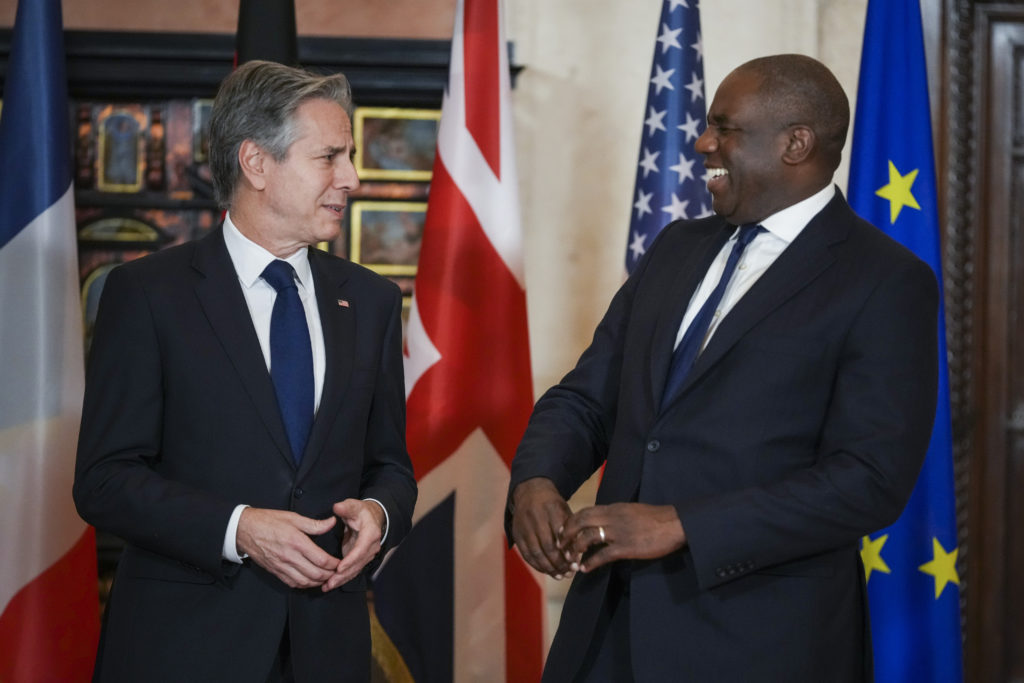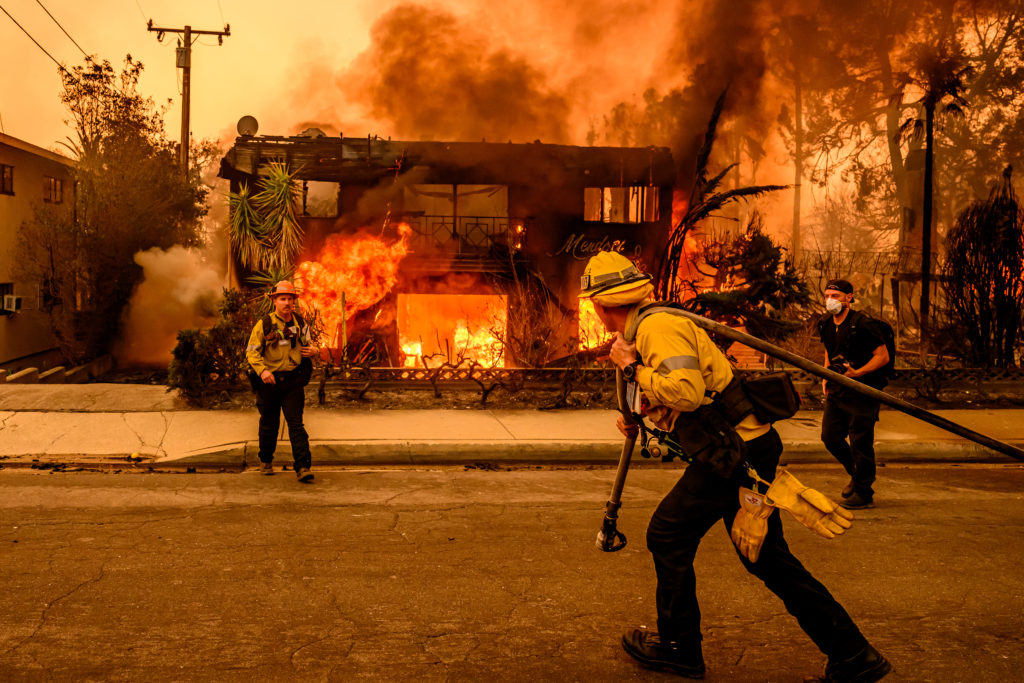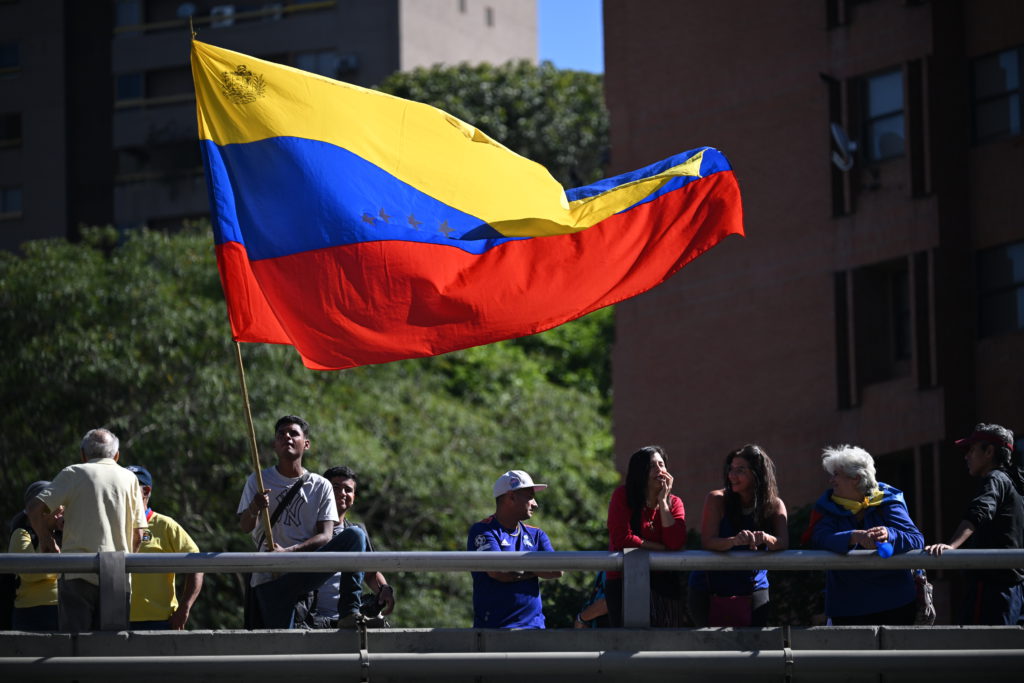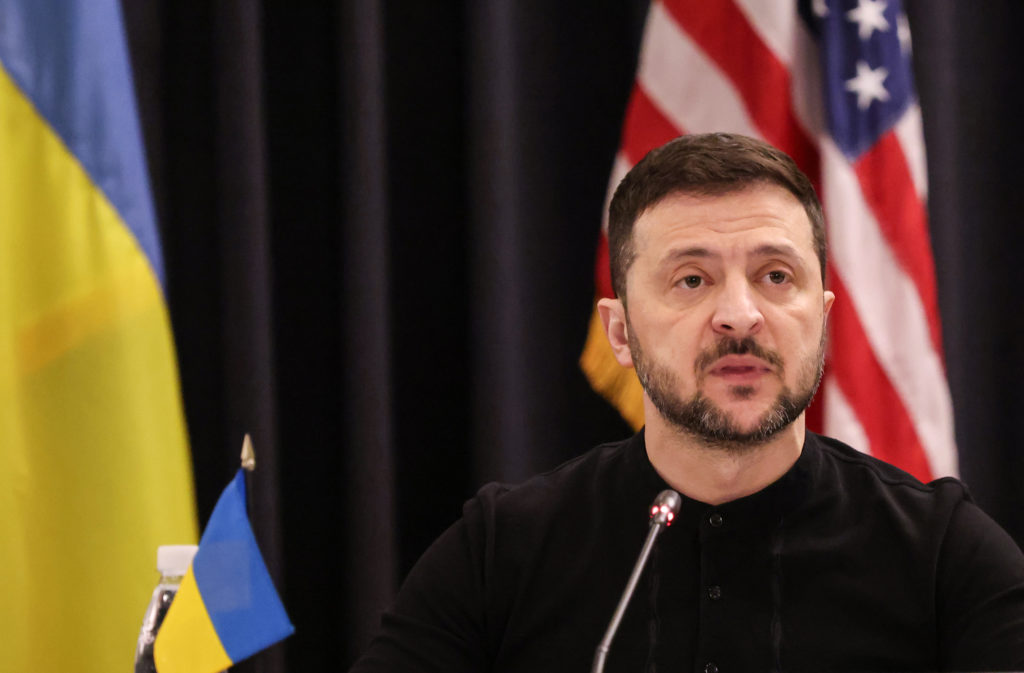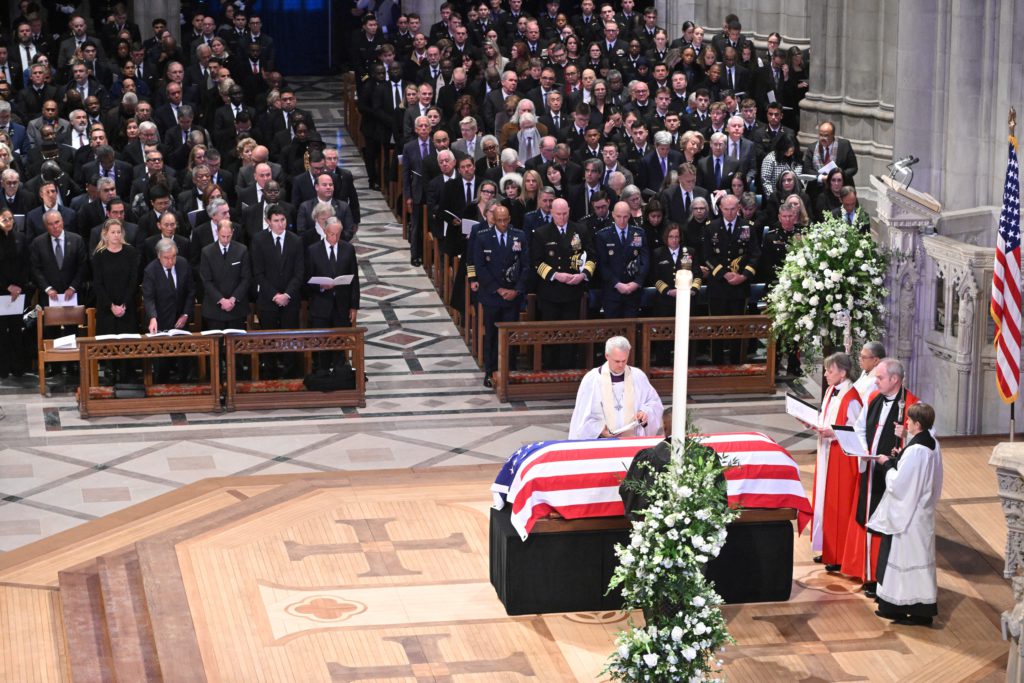In their heyday in 2014, fighters of the Islamic State group raised the jihadist black flag over army bases and government buildings across large swathes of Syria and Iraq
The Islamic State jihadist group said Wednesday that its leader Abu Hasan al-Hashimi al-Qurashi has been killed in battle and announced a replacement.
A spokesman for the group said Hashimi, an Iraqi, was killed “in combat with enemies of God”, without elaborating on the date or circumstances of his death.
Speaking in an audio message, the spokesman identified the group’s new leader as Abu al-Hussein al-Husseini al-Qurashi.
Qurashi refers to a tribe of the Prophet Mohammed, from whom IS leaders must claim descent.
After a meteoric rise in Iraq and Syria in 2014 that saw it conquer vast swathes of territory, IS saw its self-proclaimed “caliphate” collapse under a wave of offensives.
The Sunni Muslim extremist group’s austere and terror-ridden rule was marked by beheadings and shootings.
It was defeated in Iraq in 2017 and in Syria two years later, but sleeper cells still carry out attacks in both countries.
The group or its branches have also claimed attacks elsewhere this year, including in Afghanistan, Iran and Israel.
The spokesman did not provide details on the new leader, but said he was a “veteran” jihadist and called on all groups loyal to IS to pledge their allegiance to its fourth leader.
IS’s previous chief, Abu Ibrahim al-Qurashi, was killed in February this year in a US raid in Idlib province in northern Syria.
His predecessor Abu Bakr al-Baghdadi was killed, also in Idlib, in October 2019.
– Killed ‘accidentally’? –
Hassan Hassan, who authored a book on IS, said one “unprecedented” but possible scenario was that Hashimi “was killed ‘accidentally’ during a raid or fighting without him being known to whoever killed him”.
But “jihadist groups have a long history of claiming leaders/commanders dead, just to get intelligence/security agencies off their backs,” he added on Twitter.
In October this year, US forces killed a “senior” IS member in a pre-dawn raid in northeastern Syria, the US military’s Central Command said at the time.
The US leads a military coalition battling IS in Syria.
The raid targeted “Rakkan Wahid al-Shammari, an ISIS official known to facilitate the smuggling of weapons and fighters”, CENTCOM said, using another acronym for IS.
It said a later air strike had killed two other senior IS members.
In July, the Pentagon said it had killed Syria’s top IS jihadist in a drone strike in the north of the country.
US Central Command said he had been “one of the top five” IS leaders.
Turkey said in September that security forces had arrested a “senior executive” of IS known as Abu Zeyd, whose real name was Bashar Khattab Ghazal al-Sumaidai.
Turkish media said there were some indications Sumaidai might have been the IS leader.
Analyst Hassan said another possible scenario was that Turkey had in fact captured the IS leader, but that the group had now announced his death in order to save face.
Thousands of suspected jihadists and their relatives are still detained in camps in Syria and prisons in Iraq.
In January, IS launched a major attack on a prison housing fellow jihadists in northeastern Syria, in a jailbreak attempt that triggered a week of deadly clashes.
Hundreds of IS prisoners, including senior leaders, were thought to have escaped, with some crossing to neighbouring Turkey or Turkish-held territory in northern Syria, the Britain-based Syrian Observatory for Human Rights said.
The Pentagon warned Tuesday that a threatened Turkish ground operation in Syria would “severely jeopardise” gains made in the war against IS.

